Why do the special effects of domestic blockbusters look fake?
Original Elephant Association Elephantia Elephant Association

Proficiency in OEM technology can’t help artistic creation skip the missing lessons.
Text | kai tak
When it comes to "domestic special effects", people usually think of ridicule, such as:
Why does Hua Qiangu use special effects to make buns?
Steamed buns are sold for one piece, and the special effects are only fifty cents!

Texiao steamed bun
However, this is somewhat unfair. Today, many Hollywood films have also found special effects produced by China’s team. At least in technology, "domestic special effects" are no longer far from the international advanced level.
Moreover, unlike TV dramas, which try their best to reduce the cost of special effects, some domestic blockbusters spend a lot of money and effort on audio-visual effects, and they also emphasize how their special effects are shocking and how to catch up with the world’s first-class. The released publicity is also dazzling enough to look after.


The film "Grand Prix" once advertised itself as "the special effects in other people’s films are also available in domestic films"
In the end, the audience’s word of mouth still ends in the street.


"It looks fake", "stiff", "like a page tour advertisement" and "a sense of plastic" are the comments they usually get, and the producers also hit back from time to time, saying that these comments are all based on prejudice against domestic films.
However, it is undeniable that, no matter from which country, the special effects of some movies are more fake than others. Where does this "fake" come from?
Over-reliance on a single technology
Almost all blockbusters judged as "fake" have a common problem: the whole film is piled with too many special effects of computer imaging technology (CGI).
For example, Battle of Midway, which was released at the end of 2019, is a rare epic war film, but it has a poor reputation among ordinary audiences who are ready to experience the sensory stimulation of the big screen. Many bad reviews have compared this film with Pearl Harbor in 2001, complaining about the war scenes in the film. "It’s like watching people play games! 」

Pearl Harbor, by contrast, has been released for almost 20 years, and its "real" war scene comes from more appropriate special effects production.
The visual effects for Pearl Harbor are produced by the industrial light and magic company, which is well known in the field of film and television special effects. In the face of Pearl Harbor, a film based on historical events, in order to reproduce historical moments on the screen, they found the blueprint of Oklahoma in this real battle and made an equal-scale model of warships and planes. The final scene is a perfect combination of physical model, computer special effects and real shot pictures.


Of course, McCabe got a bunch of modern boats to set off fireworks, and nothing was saved.
In "Battle of Midway", the fighters and warships in the war scenes are completely generated by computers:

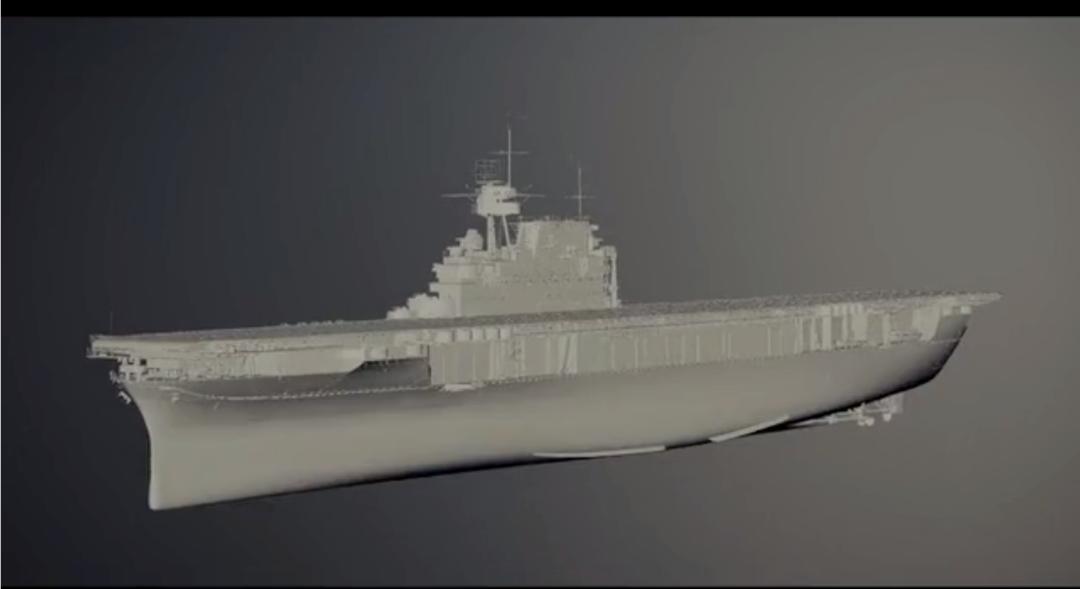
Compared with the "indigenous method" special effects of comprehensive shooting, there are always some unavoidable injuries in the scenes made entirely by CGI.
The first is human intuition: characters generated entirely by CGI always deviate from the expectations of the human brain when they move. For example, clone soldiers in Star Wars will never March like real armies.

CGI special effects often violate the physical laws of the real world, even some recognized masterpieces are inevitable.
In "Lord of the Rings 3", Orlando Bloom slipped down from the mammoth who ran to the ground and overcame inertia to land firmly;

Terminator, a steel warrior weighing tons, floats like a doll thrown by a little girl:
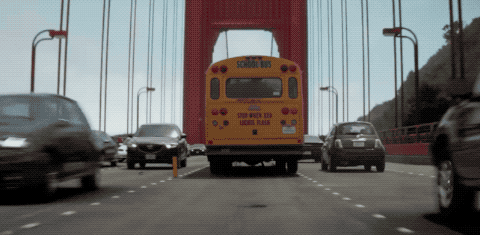
This kind of distortion causes the virtual characters or objects to have no "sense of weight". The best comparative case is two fights in Black Panther.
One is a real hand-to-hand combat:
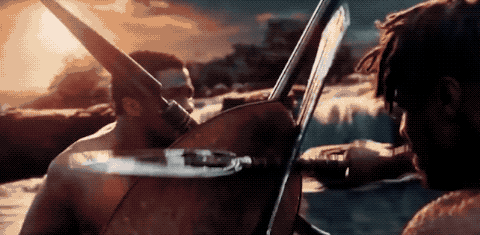
One is a special effect generated by full CGI:
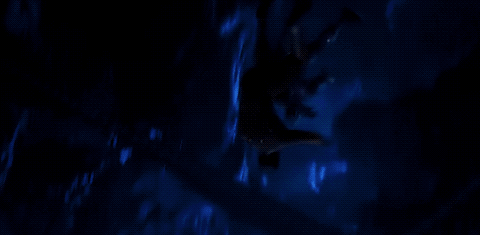
Maybe the special effects team knew that the effect was not good, so they made the background extremely dark.
Another kind of distortion comes from the face of virtual characters, that is, the "horror valley effect" that CGI technology has not been able to break through so far-because people’s brains are particularly keen on recognizing faces, and the smallest differences will be very dazzling, which makes CGI-made faces look as strange as zombies, such as Superman in Justice League.
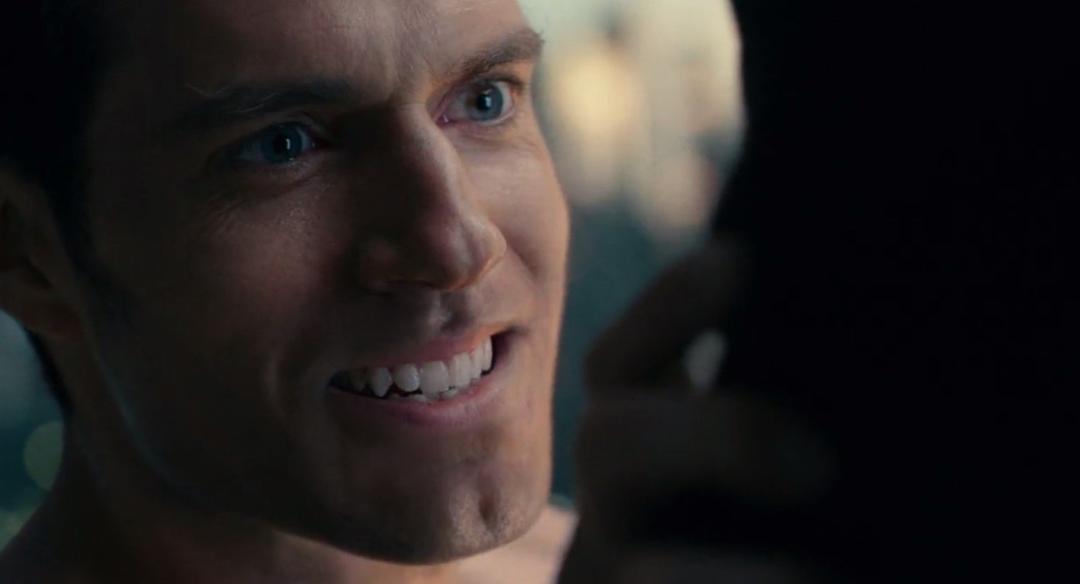
The light and shadow of CGI pictures are also easy to be overlooked. In the real world, there may be countless subtle and difficult interactions between the illumination received by an object and the natural environment background, people, animals and other objects, which is difficult to be restored by CGI.

The Alien series has always been a landmark classic of real-action special effects in the film history. From the alien egg to the eight-foot monster, the texture and light and shadow of all models are printed on the big screen.
The oversaturated color scheme is also a common "wrong" part of CGI special effects, and in order to pursue the ultimate stimulation of vision, the strong contrast color scheme of blue and yellow is becoming more and more popular in the later stage of today’s movies. This may be a bit abstract, just look at the pictures. The previous one is Jurassic World in 2015, and the latter one is from the old Jurassic Park:

In the high-definition era, CGI technology has fallen into a dilemma: the special effects defects in the film era can still be hidden in low-resolution images, and at the HFR resolution of 4K or even higher, insufficient details will make people find out to cut corners at a glance, but if the details are overdone, it is more like "playing games" visually, and this degree is difficult to grasp.
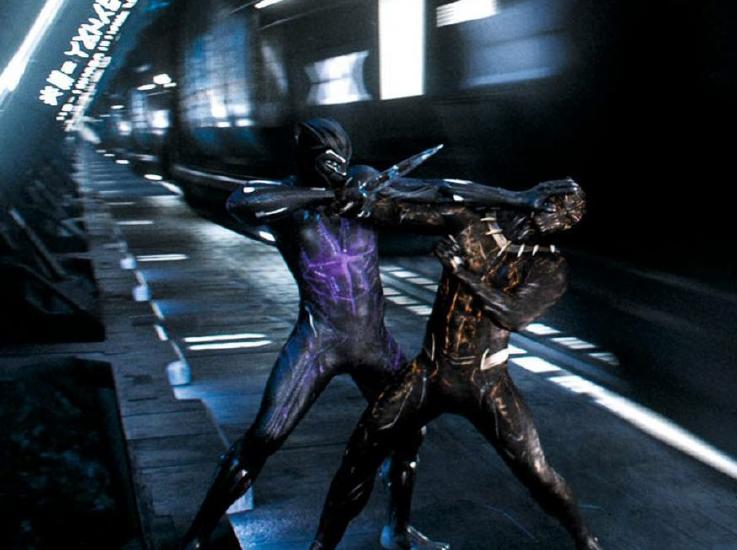
However, since there are so many shortcomings, why is CGI technology so popular today?
A visual feast of "cheap and good quality"
In a word, CGI technology is not only the cheapest, but also much cheaper than alternative means to achieve a large dose of visual impact on the screen.
Film was an art of optical illusion when it was born, and the appearance of film special effects was earlier than that of electronic computers. Early special effects can only be realized by simply using shooting and editing techniques, such as jumping and cutting, overprinting, using miniature models and props and costumes. Later, there were "photographic special effects", including chemical treatment of film, such as scaling, composition, double exposure, etc. Blue screen matting also belongs to this kind of special effects.

The actor who plays Godzilla puts on props and walks through the miniature city.
This kind of film and television special effect without CGI is now called practical effect, which is different from the "visual effects" presented by CGI technology in post-production. Of course, this distinction was only made after CGI technology was widely popularized in the 1990s.
Rough real-time special effects are very common. Most of the "five-hair special effects" in China’s childhood memories of 1980s and 1990s belong to real-life special effects. For example, the underwater Dragon Palace in Journey to the West was shot with a fish tank in front of the camera.

The Monkey King repeatedly pulled out a finger on the picture of changing into a dog and a bird, which is also a special effect realized by jumping scissors. In order to prevent the picture from being too abrupt, a puzzling firework was added to cover it up.
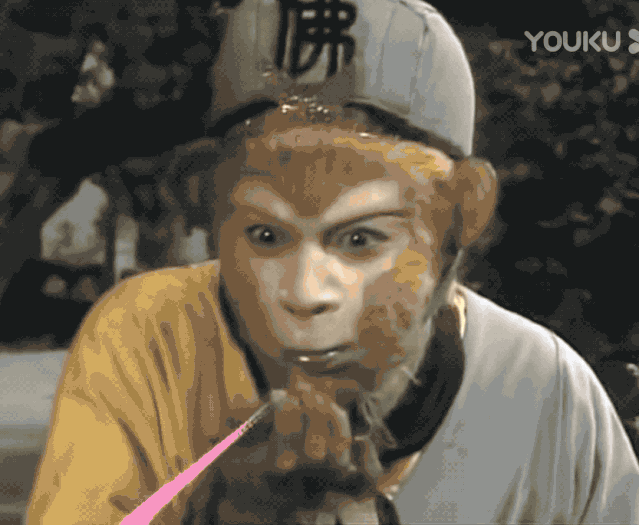
In the era when real-time special effects are in the mainstream, it often takes a lot of manpower, working hours and funds to let the audience see the magnificent scenes, so that people can’t see too many flaws. Once the production is not detailed enough, even at a glance, obvious "processing marks" can be found. At that time, "blockbusters" were rare and expensive, and they almost certainly came from famous artists.
The maturity of CGI significantly reduced the cost of special effects and pushed the cinema audio-visual into a new era. When this special effect is combined with the traditional special effect means, when it first appears in large numbers on the screen, people will not experience "falsehood", but it is "so realistic".
The children who watched Jurassic Park in the cinema are now middle-aged, but the impact at that time is still as clear as yesterday. "I don’t believe that dinosaur is a computer special effect now! 」

The model designer is making a dinosaur model in Jurassic Park.
The market demand makes CGI special effects specialized and industrialized rapidly, bringing together a large amount of funds and global creative talents to achieve better visual effects at lower cost, thus lowering the threshold of "blockbuster".
As a result, some films with poor ideas and production can also be decent in appearance by piling up CGI, which is expected to hit the box office record.
Special effects can’t help movies overtake corners.
However, the application of CGI in movies still belongs to artistic creation, and whether directors, actors and behind-the-scenes teams can be organically integrated is still the key to the Excellence of movies today.
Moreover, the new technology has completely changed the performance itself, which has brought higher challenges to the ability of directors and actors.
There are many movies about King Kong in Hollywood history, and most of the time they are just scary "monsters".

In 2005, Peter Jackson’s "King Kong" made the audience feel the same with this "monster" for the first time: with the help of motion capture technology, the special effects team accurately reproduced the "performance" of actor andy serkis, including the body and facial movements, under the fur of King Kong.


Relying on CGI special effects technology, King Kong’s "performance" is no longer a blunt action, but its emotions can also be interpreted by actors, from a pure monster to a role that can interact with the audience emotionally.
As for the "fake" defect of CGI, on the one hand, we can make up for it by increasing the investment in special effects production, on the other hand, excellent directors and actors can control the audience’s attention enough to make people unaware. When the audience is immersed in the film itself and gathers on the stories and characters, they will not notice whether the special effects as the background are flawed.
When you were traveling in the outer space of Gravity, how much of this shot do you think came from CGI?
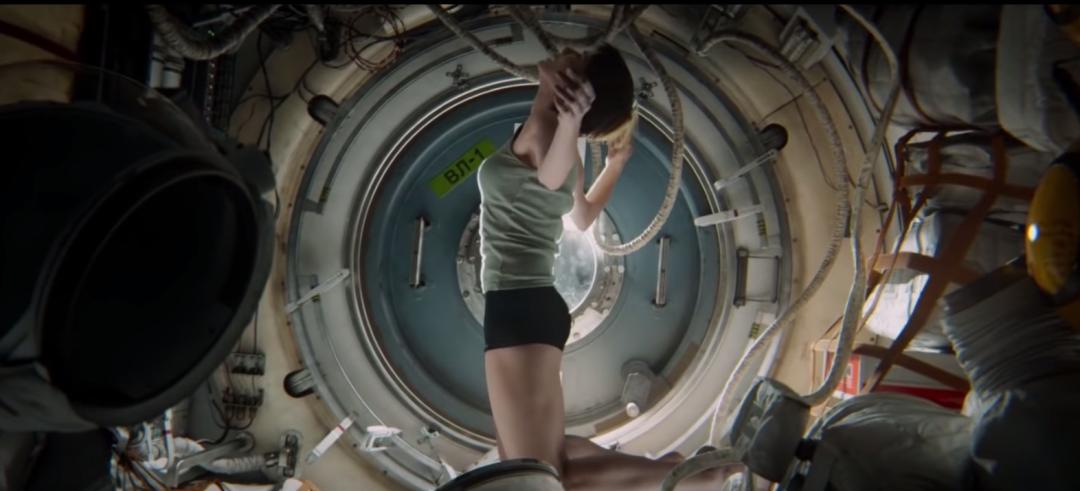
The answer is revealed:

This principle can also explain why some special effects of "blockbusters" are so dazzling: there are too many single special effects piled up in the whole film, and the film itself tastes like chewing wax, and the performance is not good enough. The audience who can’t get into the plot can only stare at the special effects pictures on the screen.
When CGI is used as a tool to add points to a good story and an actor’s excellent performance, it is icing on the cake, but trying to stimulate the eye only by the "big scene" piled up by CGI can’t change the fate of a bad film.
Shanghai Fortress, which spent a lot of money on special effects, couldn’t sleep late at night, posted a video of special effects scenes on Weibo, and went straight to the soul for four consecutive questions. If you know this, you can have a good sleep.

References:
[1] Industrial Light Magic official website
[2] stan Winston Studio official website
https://www.stanwinstonschool.com/
[3]Richard Rickitt: Special Effects: The History and Technique, Billboard Books; 2nd edition, 2007; ISBN 0-8230-8408-6
[4]Paul A. Woods (2005). "Kong Cometh!" . Peter Jackson: From Gore to Mordor. London: Plexus Books. pp. 176–187. ISBN 0-85965-356-0.
[5]The Beast Within: The Making of ‘Alien’ (Video 2003)
[6]https://www.lafilm.edu/blog/practical-effects-vs-cgi-2/
Original title: "Why the special effects of domestic blockbusters are fake | Elephant Guild"
Read the original text